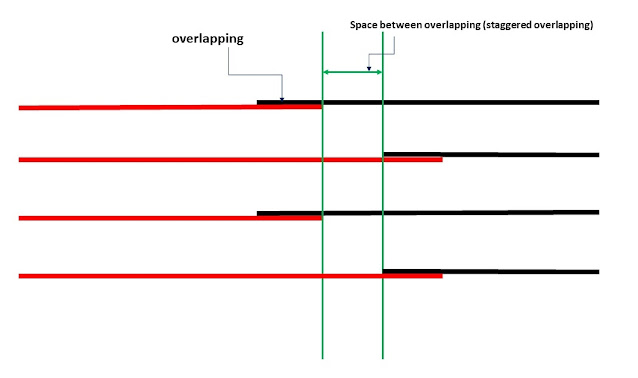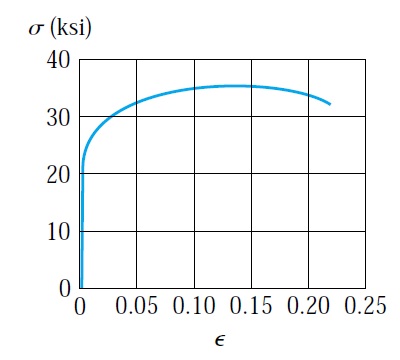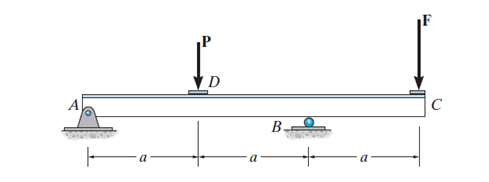Polymer concrete
Polymer concrete is produced by the mixing of monomers or prepolymers with hardener. The monomer is a molecule that can be bonded to other identical molecules to form a polymer. While the hardener is a chemical substance added to the mix to harden it. The aggregates will be added to the monomer and hardener mixture to produce polymer concrete. Other components can be used to enhance the mixture properties such as catalyst, plasticizer, fire retardant, and fibers. Fire retardant added to polymer concrete mix to improve the poor resistance of polymer concrete to high temperature. Plasticizer added to improve the mixture workability.
Figure 1
Polymer concrete has many advantages. Polymer concrete owns a higher tensile strength, higher flexural strength, good chemical resistance, very low water sorption, excellent adhesion, high water resistance, good abrasion resistance, greater strength, and good resistance to freeze and thaw deterioration. In general, aggregates used for polymer concrete mixture should be dry to obtain the maximum strength. On the other hand, polymer concrete has a higher price than conventional concrete. Polymer concrete goes a higher creep deformation, and it possesses a lower resistance to high temperatures. The application of polymer concrete is in making facade plates, sanitary products, panels, floor tiles, pipes, and industrial flooring. It is used in various precast and cast-in applications in construction work, skid-resistant overlays in highways, plaster for exterior walls, and resurfacing of deteriorated structures.
Polymer concrete has poor resistance to high temperatures. Therefore, service temperature should be considered when the polymer concrete is used. Polymer concrete may burn when the temperature reaches 230 C, and it will soften and lose strength at a lower temperature. Conventional concrete can not bond to hardened polymer concrete.
Many polymer concrete used as a repairing material for highways structures. The use of polymer concrete reduces the time of closure to a few hours. Polymer concrete can also be used for fast-curing, high-strength patching of structures, and thin (5 to 9mm thick) overlays for floors and bridge decks. Polymer concrete, in general, hardens quickly. The working times of these materials will depend on material type and ambient temperatures. The working times can range from 15 minutes to more than 1 hour. Ambient temperature will significantly affect the curing time and performance of polymer concrete. The thermal coefficient of these products is higher than conventional concrete. The modulus of elasticity for polymer concrete is significantly lower than conventional concrete, especially when the temperature is high. The use of polymer concrete for structural (load-carrying) members should be carefully considered.
















Thanks for sharing the best information and suggestions, I love your content, and they are very nice and very useful to us. If you are looking for the best Spray On Concrete, then visit Sydney Wide Spray Pave. I appreciate the work you have put into this.
ReplyDelete